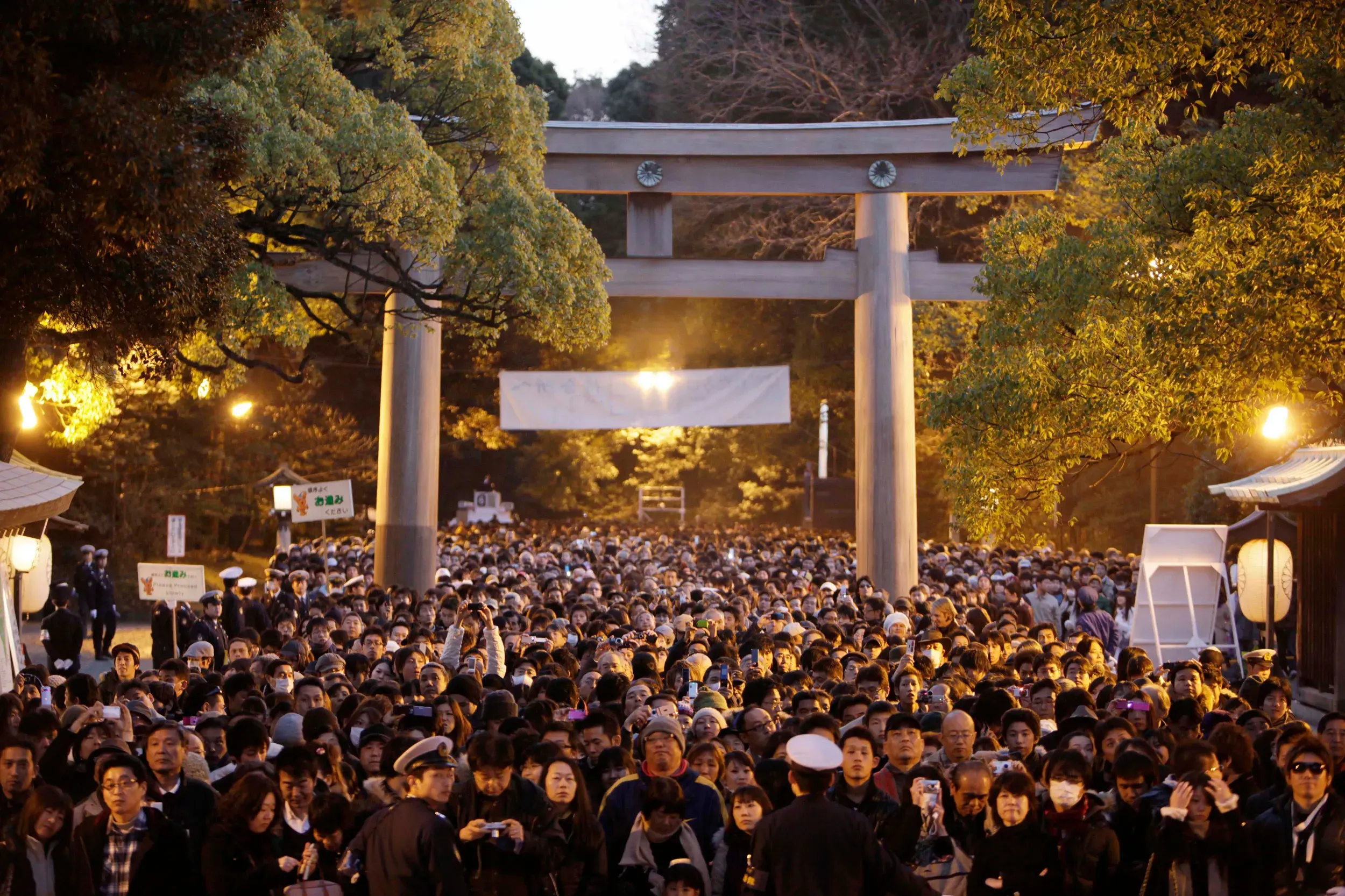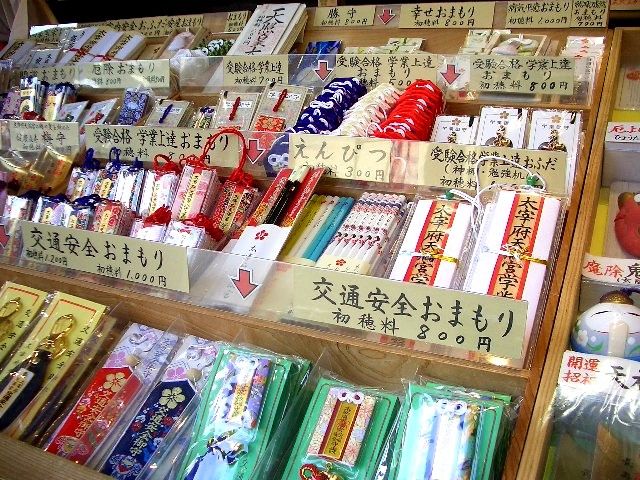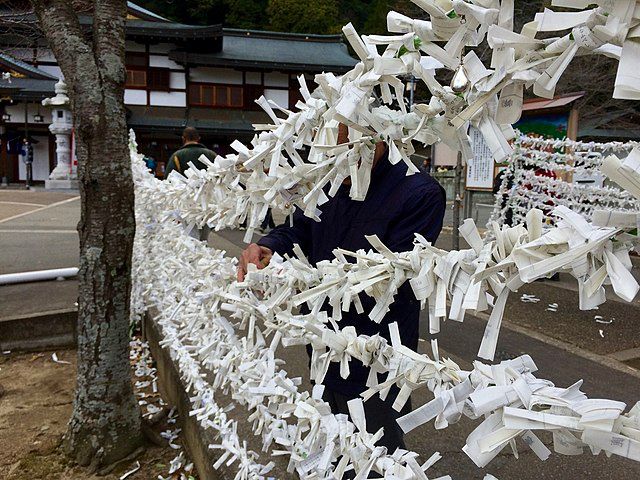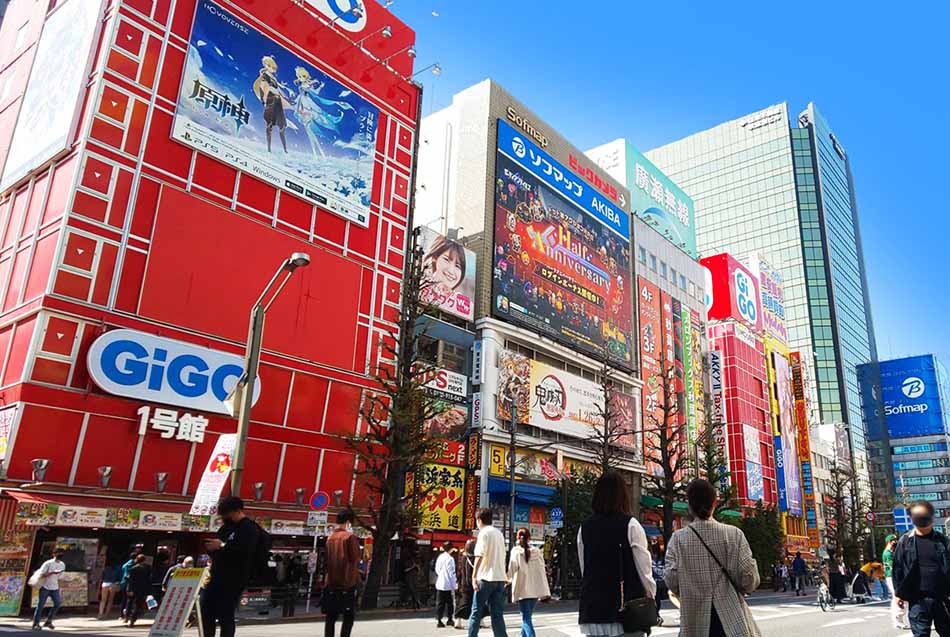Welcome the New Year in Japan with Hatsumode
A Japanese New Year's Tradition
Different from most of its East Asian counterparts where the Lunar New Year is culturally significant, Japan actually doesn't celebrate the Lunar New Year. Instead, New Year (1st January) is of more importance to the them. In the Japanese culture, there is an important annual tradition associated with the New Year - the Hatsumode.
If you will be traveling to Japan at the end of the year and will be spending the New Year there, it will be a good opportunity to experience this culturally significant tradition!

What is Hatsumode?
Hatsumode is the first shrine or temple visit of the New Year. This annual pilgrimage is an integral part of Japanese New Year celebrations, allowing individuals to express gratitude for the past year, seek blessings for the coming one, and cleanse their spirits for a fresh start.

Traditionally, many people will flock to a Shinto Shrine or Buddhist temple on the first day of the New Year. However, Hatsumode actually refers to the first shrine or temple visit of the New Year — and it does not necessarily need to be on the 1st January. Some people will choose to visit on the second or third days instead; crowds are still expected, but definitely not as much as you would expect on the 1st January.
Since the pandemic, to reduce overcrowding, some temples and shrines have encouraged visitors to go towards the later part of the month, or even in February or March!
What to expect?
The popular temples and shrines will typically hold Hatsumode festivities during the first few days of the year, especially on the first of January.

You can expect to see food stalls and stands lining the roads leading to the temple. It is also common to see street performances during these festivities.
Of course, you can also expect large crowds. Lines of people will be queuing to enter the main hall of the temples and shrines to make their prayers, or to be purchasing lucky charms for the year ahead. The queues can go up to hours, so make sure to keep yourself warm!
How to do Hatsumode?
There are a few things people do during Hatsumode:
- Return the lucky charms they got from the previous year
- Make a prayer
- Draw a Omikuji
- Get lucky charms for the year ahead
Returning the lucky charms they got from the previous year
If you have visited a Shinto shrine or Buddhist temple in Japan before, you would have noticed that you will be able to purchase lucky charms. It is believed that the charm will protect you and help to grant your wishes — depending on what your wish is related to, you will get a different charm.

At the end of each year, these charms are typically returned to the temple or shrine for proper disposal.
You can buy a new lucky charm for the year ahead at the shrine or temple after you are done with your prayers.
Make a prayer
One of the main activities during the Hatsumode is to make a prayer at the main hall of the temple or shrine. Give thanks for the previous year, and make a wish for the year ahead.
There are differences between how you would pray at a shrine and a temple:
How to pray at a shrine
- Toss a coin into an offering box called Saisen-bako Many people toss 5 yen coin since it is said to make a good relationship
- Shake a rope to ring a bell (If there is no bell, you can skip this step)
- Bow deeply twice
- Clap your hands twice
- Pray and make a wish Put your hands together in front of your body
- Bow deeply once again
How to pray at a temple
- Throw a coin into a wooden box (generally 10 or 5 yen)
- Ring the bell hanging
- Put your palms together silently and bow deeply
- Pray and make a wish
- Bow deeply again
Remember not to clap your hands at the temple, as it is considered rude.
If you are not sure, just watch the people around you and follow suit!
Draw a Omikuji
An Omikuji is a paper slip that tells your fortune. There are various ways that Omikuji can be done. One of the most common ways is for you to draw a stick (or shake a box of sticks from a box until one falls out), read the number on the stick, and get the paper slip from the corresponding drawer.

The readings are usually split into a few different categories like marriage, travel, academics, work, health, and so on. Each category will contain some advice on that specific aspect. However, the readings are usually written only in Japanese, so you would likely need to use a translation app to help you interpret the readings.
Each slip also usually includes an overall reading of your luck. This part of the reading usually contains a few keywords that can help you quickly identify if it is a good or bad reading:
- If you see '吉' — this is a good sign. There are a few variations of this, such as '大吉', but they are just varying levels of how good your luck is.
- If you see '凶' — this is a bad sign. Similarly, there are a few variations of this, each of them a varying level of how bad your luck might be.
If you get a bad result, you can tie the slip on the strings at the shrine or temple. This signifies that you are leaving your bad luck behind.

Where to go in Tokyo for Hatsumode?
There are some shrines that are known to be better for certain aspects, and you can consider going to those specific shrines if you have something to wish for in particular. Otherwise, you really can visit any shrine or temple for Hatsumode.
Here are some of the shrines in Tokyo that are best known for a specific aspect:
- For business and prosperity: Kanda Shrine
- For academic success: Yushima Tenmangu
- For love: Tokyo Daijingu
If you are not looking for anything specific, but just want to experience the festivities, then you should definitely visit Meiji Shrine or the Senso-ji. Both Meiji Shrine and Senso-ji are renowned places to visit even on a regular day, and you can expect that these places are also popular places for Hatsumode! In fact, Meiji Shrine is the shrine with the highest number of visits for Hatsumode!
Stay Connected over the New Year with a Nomad eSIM for Japan
Stay connected hassle-free in Japan with a Japan travel eSIM from Nomad. Nomad offers affordable data eSIMs in over 200+ destinations worldwide, — including Japan.
Choose from a variety of local, regional, and global data plans, buy and install your travel eSIM before you fly, and get connected to a local network the moment you land. Running out of data mid-trip? Simply purchase an add-on in the Nomad app.
Planning to spend the New Year in Japan? Get a Japan eSIM to stay connected during your trip.



